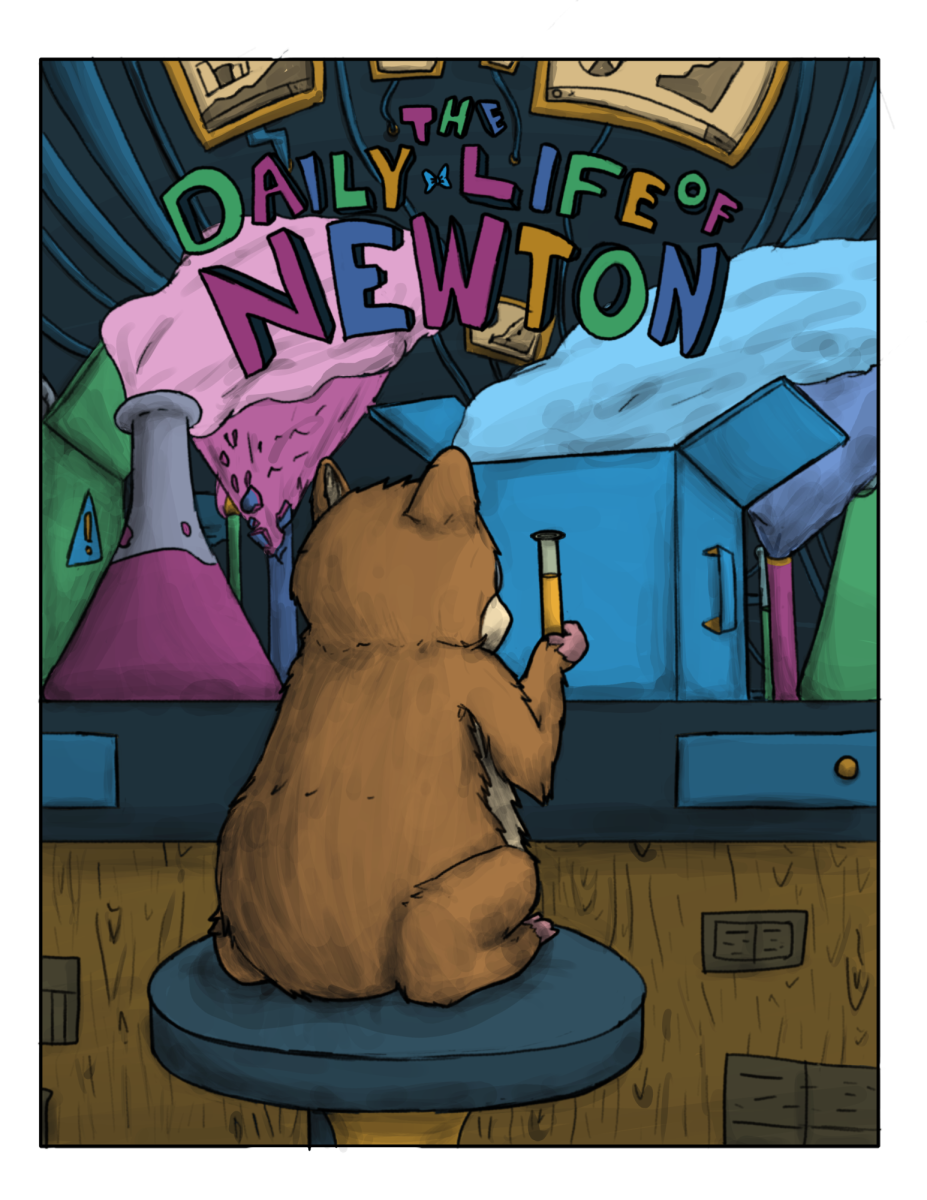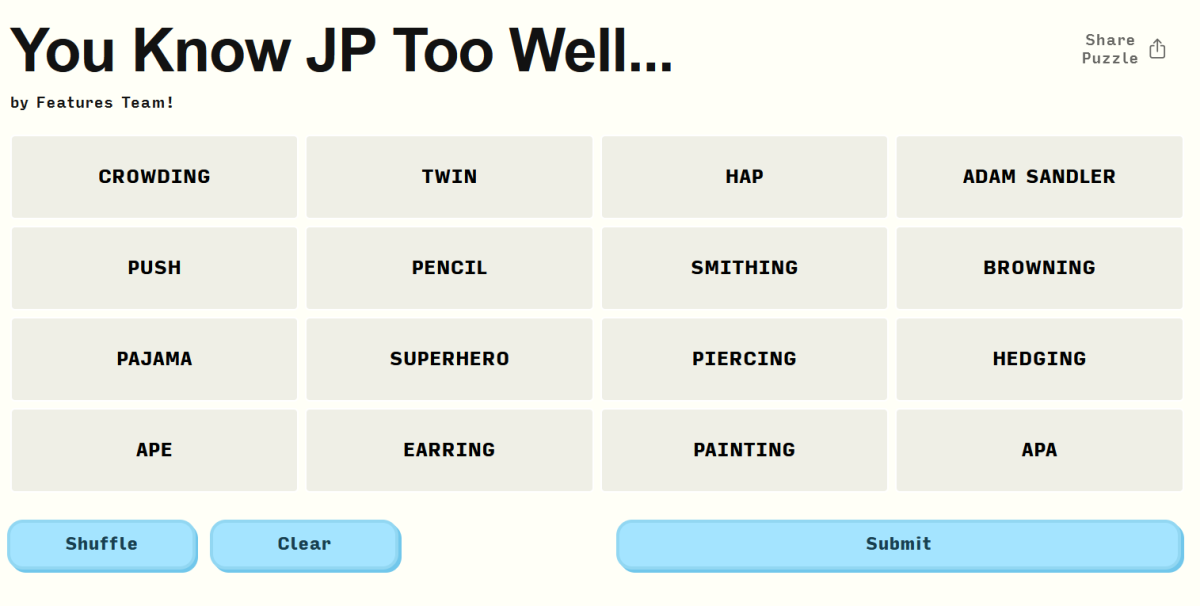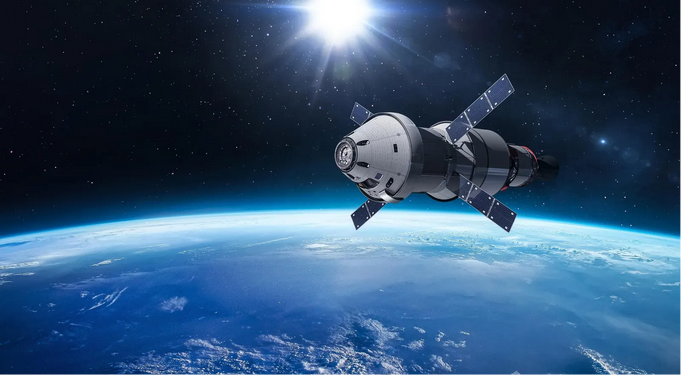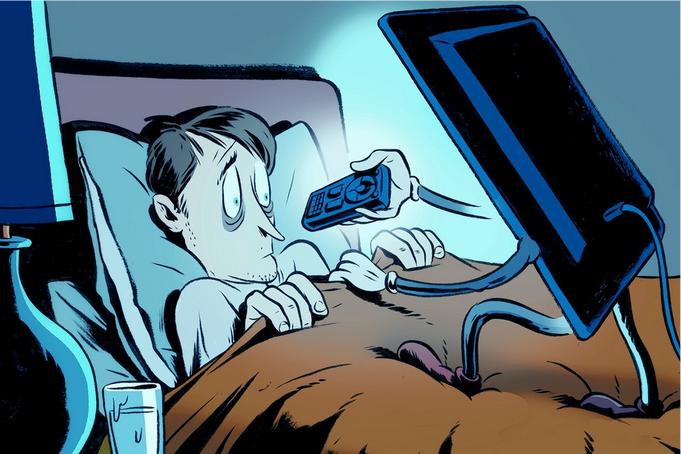Every high schooler, no matter where you’re from, can relate to the dread and the chill down your spine when your teachers announce a pop quiz. The once buzzing room quickly quiets to an uncomfortable silence before immediately reverting back to a frenzy. While some groan and whine, others begin to review their notes. Although this horrifying experience is one most of us would prefer not to be reminded of, it illustrates the spectrum of human reactions to unexpected events. Whether it’s an unannounced test or the introduction of groundbreaking technology, people’s reactions can vary widely—from outright panic to complete calm.
The most common reaction to unexpected and stressful situations is panic, as the brain activates the body’s fight-or-flight response system. But this doesn’t necessarily have to be a bad thing. For example, a sense of panic can act as a warning signal that danger is approaching and prompt an individual to take immediate action. On the other hand, excessive panic can lead to hasty decisions and unnecessary stress; this can cloud one’s judgement, lead to mistakes, and eventually a sense of dread and helplessness. This is not limited to only high schoolers, since adults lead themselves down this rabbit hole just as often. When the Chinese AI Model, Deepseek, made headlines all around the world for being highly efficient and costing only a fraction of its competitors, the tech world descended into chaos. Because of the fear that DeepSeek’s success signaled the end of American dominance, investors of major AI companies, like Nvidia, sold their stock, wiping out billions in market value overnight. Much like students facing a surprise quiz, professionals had to quickly shift from confidence to crisis mode—navigating stress with varying degrees of calm and critical thinking.
However, at the other end of the spectrum, there are extremely aloof responders.
Although maintaining composure, assessing the situation calmly, and making the best decision allows for thoughtful and strategic responses, it is important to avoid being complacent as a lack of urgency could be fatal. Perfect examples of calm and composed individuals are the Microsoft CEO Satya Nadella and OpenAI’s Sam Altman, both of whom acknowledge the potential of DeepSeek but emphasize the importance of continued progress and investment in AI. By taking a calm and analytical approach, they were able to restabilize the market and reassure panicking investors that the world was not ending.
So, what was the actual impact of DeepSeek? Well, after the initial shock, the market recovered. Although some stocks took a hit, others rebounded as investors calmed down and recognized the potential for growth.
Much like high schoolers caught off guard by a pop quiz, reactions to DeepSeek’s surprise success ranged from panic to calm analysis. In the end, a single reaction cannot be “correct” in all scenarios. While panic can lead to quick actions, it can also result in unnecessary stress and poor decision making. In both cases, finding a balance between swift action and thoughtful consideration is key to handling unexpected challenges effectively.







































